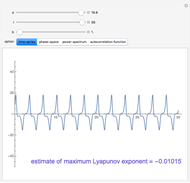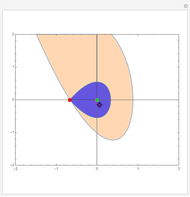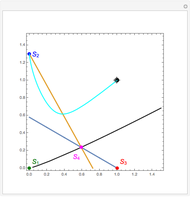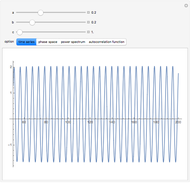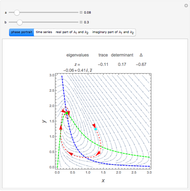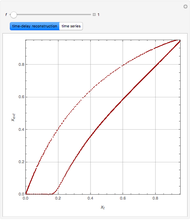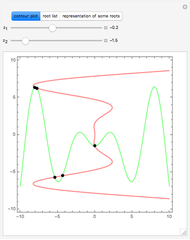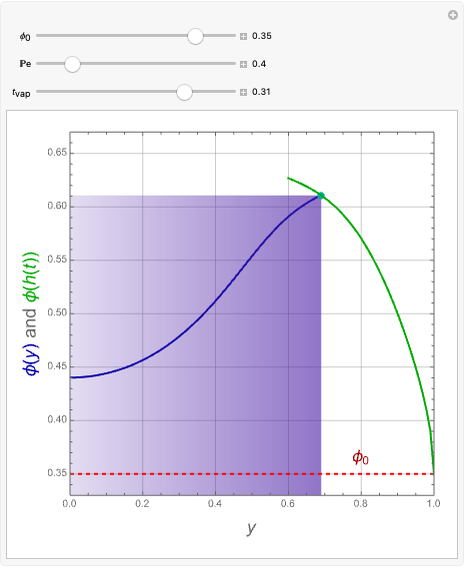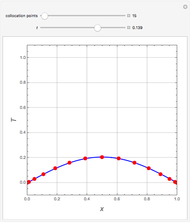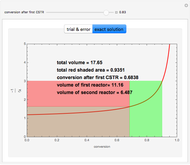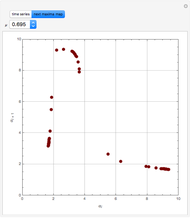 =
= where
where  is the tank area in
is the tank area in  ,
,  and
and  are the inlet and outlet flow rates (expressed in
are the inlet and outlet flow rates (expressed in  ), respectively. Initially the tank height is equal to 0.1 meter.
), respectively. Initially the tank height is equal to 0.1 meter.
The flow equation is given by:  where
where  is the valve constant expressed in
is the valve constant expressed in  ).
).
The setpoint for the tank height is chosen to equal 2 meters.
The inlet flow rate is varied in order to achieve the desired setpoint value using a P, PI, or PID (proportional–integral–derivative) control:  , where
, where  is the error,
is the error,  is the proportional gain, and
is the proportional gain, and  and
and  are the integral and differential time constants, respectively.
are the integral and differential time constants, respectively.
For large  and
and  , the control simplifies to the usual proportional control, which is usually characterized by a small offset value (i.e., the final steady-state height is not exactly equal to the setpoint value).
, the control simplifies to the usual proportional control, which is usually characterized by a small offset value (i.e., the final steady-state height is not exactly equal to the setpoint value).
PI control is achieved when  is taken to be zero. PI control can show an overshoot and dumped oscillations around the setpoint. No offset is observed and the final steady-state tank height is exactly equal to the setpoint value.
is taken to be zero. PI control can show an overshoot and dumped oscillations around the setpoint. No offset is observed and the final steady-state tank height is exactly equal to the setpoint value.
In the most general case, when  and
and  is not too large, one gets PID control of the tank height.
is not too large, one gets PID control of the tank height.
[less]

 (in meters) is governed by the following ODE:
(in meters) is governed by the following ODE:

























